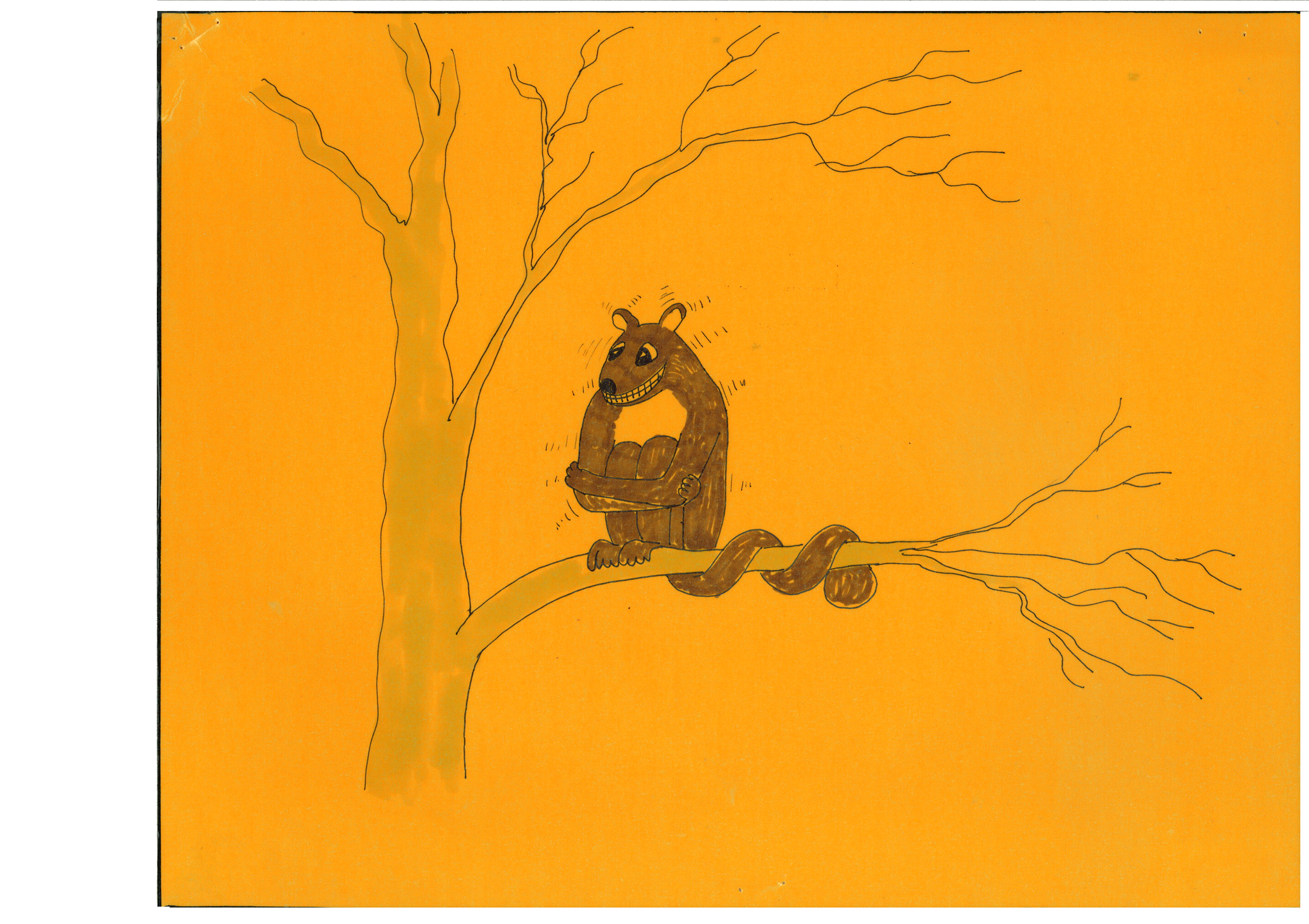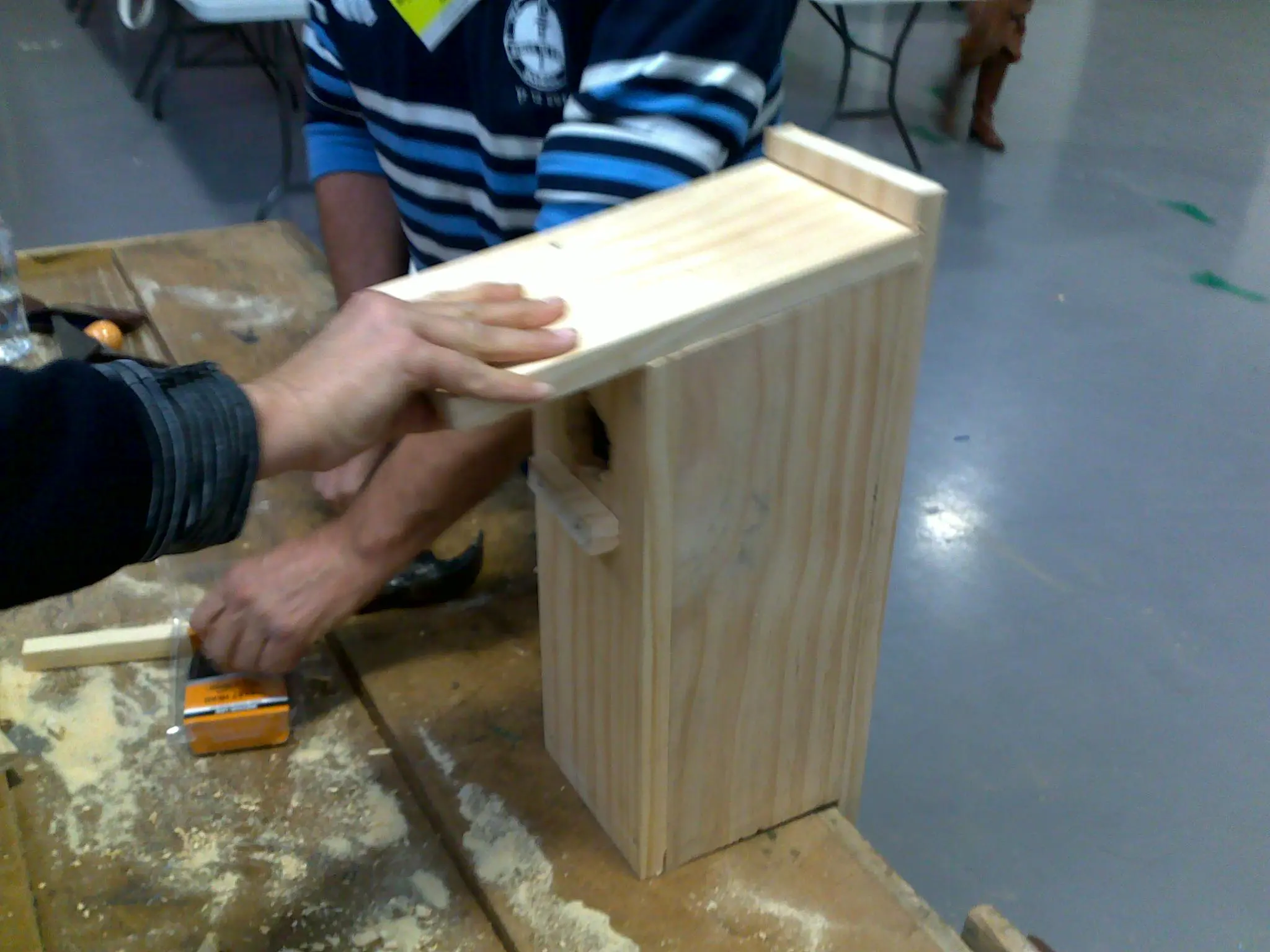Dr Wendy Jobling, Deakin University
Teachers and parents are frequently reminded of the importance to the Australian economy of Science, Technology, Engineering and Mathematics (STEM) education at all levels, beginning in early childhood settings. At the school level this can be a problem that needs a solution when teachers are faced with apparently competing needs. How to incorporate STEM into our school’s curriculum which has even more demands than before because of the many lockdowns due to Covid. How can we go about this in a way that allows us to still address the basics of numeracy and literacy but still involves our students in inquiry based learning?
One suggestion is to involve your students in solving problems that are of interest and relevance to them and their school community. It can also bring in parents who may be looking for highly engaging activities that do not necessarily involve the use of devices.
Themes are one starting point and could include problems around Communication, the Environment, Safety, Food and Energy. These can be focused on in small groups from all year levels in a school based setting including Outside School Hours Care; or even at home. The focus could primarily be on one discipline or spread across all. No matter which approach you choose there will be a considerable amount of time spent by students in both mathematical and literacy based activities.
Below are some suggestions that you may want to take up. I would enjoy getting feedback about any that you try. (If you are in need of some others please see the reference list.)
Stationery organiser
Those of you faced with the problem of needing to organise your students’ stationery can look at solving this problem using only recycled materials. The major focus here is on Design and technologies which is perhaps a good starting point. The science in this case is around the properties of the materials for the intended purpose and the joining techniques (other than ‘sticky tape’). Some basic mathematics is required in terms of measurement. (This was successfully done by year three students but could be adapted to suit all levels.)




